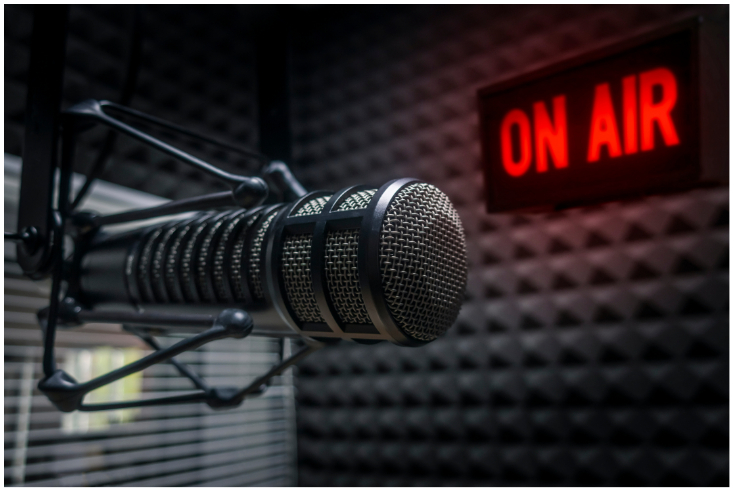Opinion
Last week Radiocentre launched its Optimiser tool. VCCP Media’s co-strategy chief examines what it can and cannot do for media planners and buyers.
It’s a poor workman who blames his tools. But to be fair to the average media planner, having no tools at all is a tricky situation we can all sympathise with.
You’d think that in this day and age when we are obsessed with data and measuring anything and everything that moves, we’d be swimming in a sea of rich effectiveness data and benchmarks. But far from it.
The competitive nature of what we do means that little benchmarking data is accessible by your jobbing planner. And against that backdrop, Radiocentre’s new Radio Planning Optimiser tool is a very welcome addition.
So welcome, that I feel a terrible ingrate even hinting at a fault with the tool. And it is a useful addition to our tool set. But, like all data tools, you need to be aware of exactly what you’re using.
What does the Optimiser do and how can it make your job easier?
The purpose of the Optimiser is to help planners set optimum planning weights for radio campaigns. It’s the latest addition to a bunch of great Radiocentre radio planning tools.
The data within it is from a meta analysis of the long-running radio campaign effectiveness study Radiogauge. This works out how well campaigns have performed by comparing responses from commercial radio listeners on a number of brand and performance metrics to the responses of matched samples of non-listeners.
In the tool, setting ‘optimum’ planning weights means giving you the best bang for your radio buck in terms of a percentage (%) Ad Awareness Uplift Rate. Outputs are delivered in the form of two interactive graphs. The first maps the curve for the % Ad Awareness Uplift Rate against % weekly reach, the second maps the same outcome against total gross rating points (GRPs).
The inputs for this are based on four killer variables that have been found to make a difference to the outcomes measured. Namely: brand category, brand status/position in market, whether radio was used as the lead medium or not, and campaign length in active weeks.
The interface is a doddle to use and the graphs well-presented, and downloadable. Great!
And if you are looking for data to support investment in radio, adding radio to a campaign, or looking for data that supports radio as a brand building medium — then there’s lots that’s useful about the tool and its outputs.
And this is great! The tool is based on a big dataset and uses variables that are proven to make a difference to campaign effectiveness.
We need more tools like this across all media to sit alongside those like the IPA’s ARC project for example. A point I made recently at The Media Leader’s discussion looking at how to get brand building on the agenda for outdoor.
But radio planners and buyers beware. The outputs aren’t that easy to interpret and there’s a couple of things to understand in considering the data.
Ad awareness over sales uplifts
Firstly, ‘effectiveness’ here is focussed on Ad Awareness and as such firmly in the upper-funnel territory of creating future demand.
A key takeout Radiocentre put forward in the blurb about the tool is that planners should plan for reach over frequency. Whilst that makes intuitive sense for a brand awareness campaign, the tool outputs don’t help if your campaign is all about nudging sales today. That takes you back to an in-market audience and a frequency play.
A second and more structural issue with the data is the way Ad Awareness uplift is measured.
Recall that Radiogauge compares campaign responses from commercial radio listeners vs. non-listeners. The Ad Awareness Uplift Rate looks at ad recognisers, i.e. people who say ‘yes’ to the survey question ‘Have you seen or heard advertising for brand X recently?’ vs. any uplifts seen in a matched non-listener sample — who may or may not have seen the outdoor campaign, the TV, online etc but by definition have not heard the radio ads.
The difference in ad awareness is therefore attributed to Radio. That, I have no argument with, but I’d caution against straying into ‘recogniser analysis’ or ‘Rosser Reeves Fallacy’ territory in commenting on the further implications; ad awareness in itself, being a means but not a useful end goal for advertisers.
But overall, this is another great tool from Radiocentre and useful in building out cases for Radio investment in brand campaigns and indeed for sense checking weights arrived at in building such plans.
More tools like this please. More! More! More!
 Steve Taylor is joint chief strategy officer at VCCP Media.
Steve Taylor is joint chief strategy officer at VCCP Media.
Adwanted UK are the audio experts operating at the centre of audio trading, distribution and analytic processing. Contact us for
more information on J-ET, Audiotrack or our RAJAR data engine. To access our audio industry directory, visit
audioscape.info and to find your new job in audio visit
The Media Leader Jobs, a dedicated marketplace for media, advertising and adtech roles.






 Steve Taylor is joint chief strategy officer at VCCP Media.
Steve Taylor is joint chief strategy officer at VCCP Media.